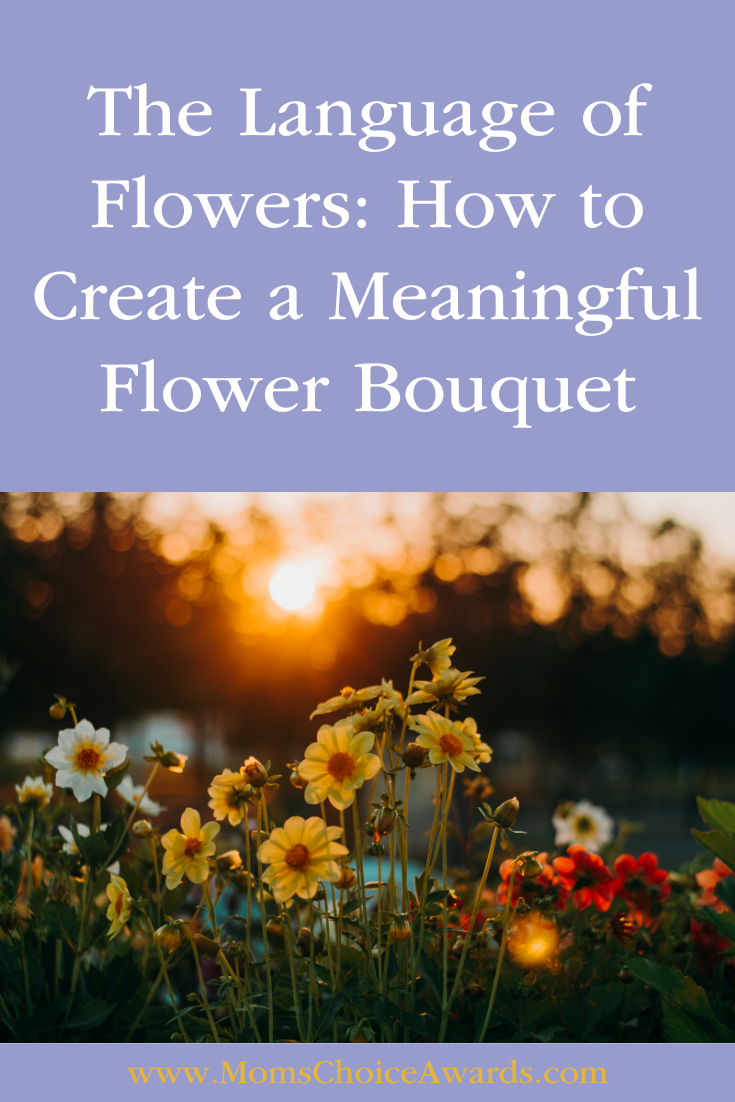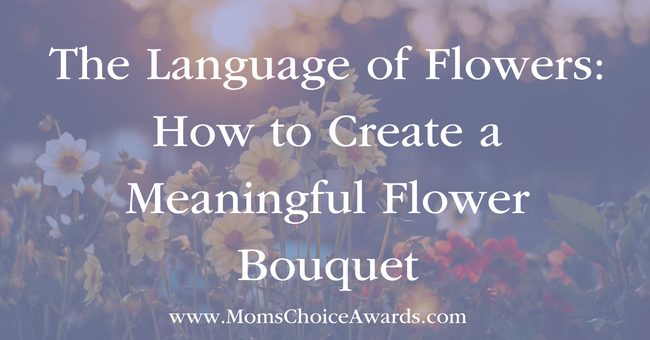 Draven Jackson
Draven Jackson
Blogger | Teacher
Twitter
Everyone knows that flowers have a language and meaning all their own, but have you ever thought of the message behind your pretty flower bouquet? Have you ever considered whether you’re sending a love letter or a “my condolences” bouquet? Did you ever receive flowers from a loved one and wondered what the message behind them might be?
Flowers are beautiful to look at, but they also contain so much interesting meaning and importance that many people never think to look into. If you’re someone who’s interested in the language of flowers but aren’t sure where to start learning about their meanings, then this article is the perfect starting point in your journey to deciphering the language of flowers!
The History behind Flower Language
A flower bouquet is filled with so many types of flowers and herbs that maybe you never realized that together, they create a deeper message. Using flowers to send an unspoken letter is a tradition that has been passed down for centuries in numerous cultures and countries. From William Shakespeare’s plays and poems to mythology and folklore throughout Europe and Greece, flower meanings have played a huge role in how people have sent secret messages to one another.
Flower symbolism became incredibly popular during the 1800s when most Victorian homes had both a Bible and a book on understanding flower meanings sitting on their bookshelves. Because there were many things that couldn’t be said out loud during this time in history, flowers acted as a silent message from the sender to the receiver, and even the way the flowers were handed over represented an unspoken answer.
The language of flowers and the messages written in flower bouquets are poetic and beautiful. However, don’t let the pretty plants trick you – over time, the language of flowers has not only been used to send messages of love and affection, but also of revenge, bitterness, and deceit!
Flowers for Love
If you are making a flower bouquet that should send a message of love to the receiver, there are many beautiful flowers to choose from. The red rose is the most traditional flower of love, with a meaning of romance and passion. It is considered the most romantic flower.
Other flowers that represent a message of love are tulips, which carry the meaning of perfect love, and carnations, which mean fascination and admiration. In Chinese culture, the peony is incredibly important for showcasing love and is often used in wedding bouquets and during large celebrations. It means “most beautiful” in the language of flowers.
For flowers that represent platonic love (or love and friendship), the sunflower represents loyalty and adoration, the chrysanthemum is used to speak of joy and fidelity, and violets mean affection and faith.
An important thing to note is that even the color of the flower can change the meaning, so make sure you’re choosing the right type of flower to add to your meaningful bouquet!
Flowers for “Thinking of You”
 A popular type of flower bouquet is the one that sends the message of “thinking of you.” Sometimes it’s good to remind the people who are important to you that they are always in your thoughts, and what better way to send that message than through a beautiful bouquet of flowers!
A popular type of flower bouquet is the one that sends the message of “thinking of you.” Sometimes it’s good to remind the people who are important to you that they are always in your thoughts, and what better way to send that message than through a beautiful bouquet of flowers!
One reason to look out for the colors of your flowers is that they can have vastly different meanings – for example, while blue salvia means “thinking of you,” red salvia holds the message of “forever mine.”
If you’re looking to send a bouquet to someone who needs a little love and support in their life, lemon balm represents empathy and sympathy. For a person who has done something impressive and deserves congratulations, amaryllis represents pride and is a great way to support someone who has achieved a goal!
Flowers for New Birth
For those looking to buy a flower bouquet to send to someone who has just had a baby, there are plenty of beautiful plants that symbolize birth, innocence, and congratulations!
One great place to start with your bouquet is using the birth month flower – for those who may not know, every month has a designated “birth flower” (January is carnation, February is violet, etc.). So you can begin building your bouquet around the baby’s birth flower!
Some flowers you can use to celebrate a new baby include daisies, which represent purity and innocence, and daffodils, which symbolize new beginnings, birth, and spring.
Baby’s breaths are also a great choice as they mean innocence and everlasting love, and gerberas represent cheerfulness, loyal love, and purity.
Flowers for Healing
Another popular flower bouquet is the “get well soon” flowers. For someone who is sick or going through a hard time, it’s nice to receive a beautiful gift to let you know someone is thinking about you and hoping you heal. Whether your bouquet sends a message of cheerfulness or of sympathy, it’s important to make sure you send the best flowers to get your meaning across.
When sending a flower bouquet for someone in the hospital or sick in bed, peonies are a great flower to add to your bouquet as they represent healing and bring a beautiful bloom to a gloomy situation. Pansies, which are bright and cheerful, represent loving thoughts, and yellow or orange roses mean positivity and optimism (plus, they’ll bring a little bit of sunshine and cheerfulness to your bouquet).
For those who have lost someone important to them and need sympathy and emotional healing, sending a bouquet to let them know you’re thinking about them can be a great way to make their day a little brighter.
Orchids represent eternal love and great respect, and white, pink, and purple orchids are commonly chosen as a way of sending sympathy to those who have lost someone. Peace lilies are popular funeral flowers as they symbolize innocence and rebirth, and are used to represent a soul moving from this world into the next one.
Flowers for Revenge
Not every flower bouquet has to represent love and purity and innocence – historically, a flower bouquet has also been used as a way to send a message filled with negative feelings. If someone has hurt you and you want to let them know your true feelings, using a flower bouquet can be a great way of getting that silent message across.
Remember how we said colors are important? While some tulips represent love and affection, red tulips can also mean anger and wrath (so if you want to send a sneaky message, this is a great flower to start with). On the same note, while pink or red carnations represent adoration, yellow carnations can symbolize disappointment and sadness.
It might also be surprising to learn that some incredibly beautiful flowers also hold negative meanings. For example, the petunia represents feelings of anger and resentment, and the begonia is universally used to represent warning or caution.
There are so many meanings for different flowers, so sending a flower bouquet can not only be a beautiful gift, it can also represent a secret, unspoken message!
Do you know of more meanings behind the language of flowers and the secret messages hidden in flower bouquets? Tell us in the comments!
 About Draven Jackson
About Draven Jackson
Draven is an avid writer and reader who enjoys sharing her opinions on movies, books, and music with the rest of the world. She will soon be working as a teacher in Japan and hopes to use her experience to connect with other teachers and students around the globe. Draven spends most of her time at home with her family, her dogs, and her ferret.
To see more, view all posts by Draven Jackson here.






One Comment on “The Language of Flowers: How to Create a Meaningful Flower Bouquet”
Thank you for this informative article on How to Create a Meaningful Flower Bouquet. Glad I was able to read this.